How to use AI in architecture? A practical guide with Tim Fu
Architect Tim Fu, an early AI adopter who regularly uses these new technologies in his practice, offers his advice

Love it or hate it, new technologies have been increasingly present in the creative space, and they seem to be here to stay. Renowned studios such as Zaha Hadid Architects (ZHA) have been working on their own ways of using AI in architecture through bespoke software and a dedicated collaboration with NVIDIA; while social media is bursting with AI-generated images and visions, allowing everyone to have a go.
At the same time, it's a topic which divides deeply, throwing up challenges concerning authenticity of voice, plagiarism, responsibility and ethics (can a machine ever do what a human brain – and heart – can?). As exciting as having a new design assistant with the knowledge of the entire World Wide Web at their virtual fingertips may sound, potential pitfalls abound and learning how to work in this brave new world is paramount in moving forward. Regulations and guidelines should be coming into play, too.
So, when does one even begin? It is important to address AI as a tool, suggests architect Tim Fu, who has been using AI with an open mind since he founded his young and dynamic studio in 2023.
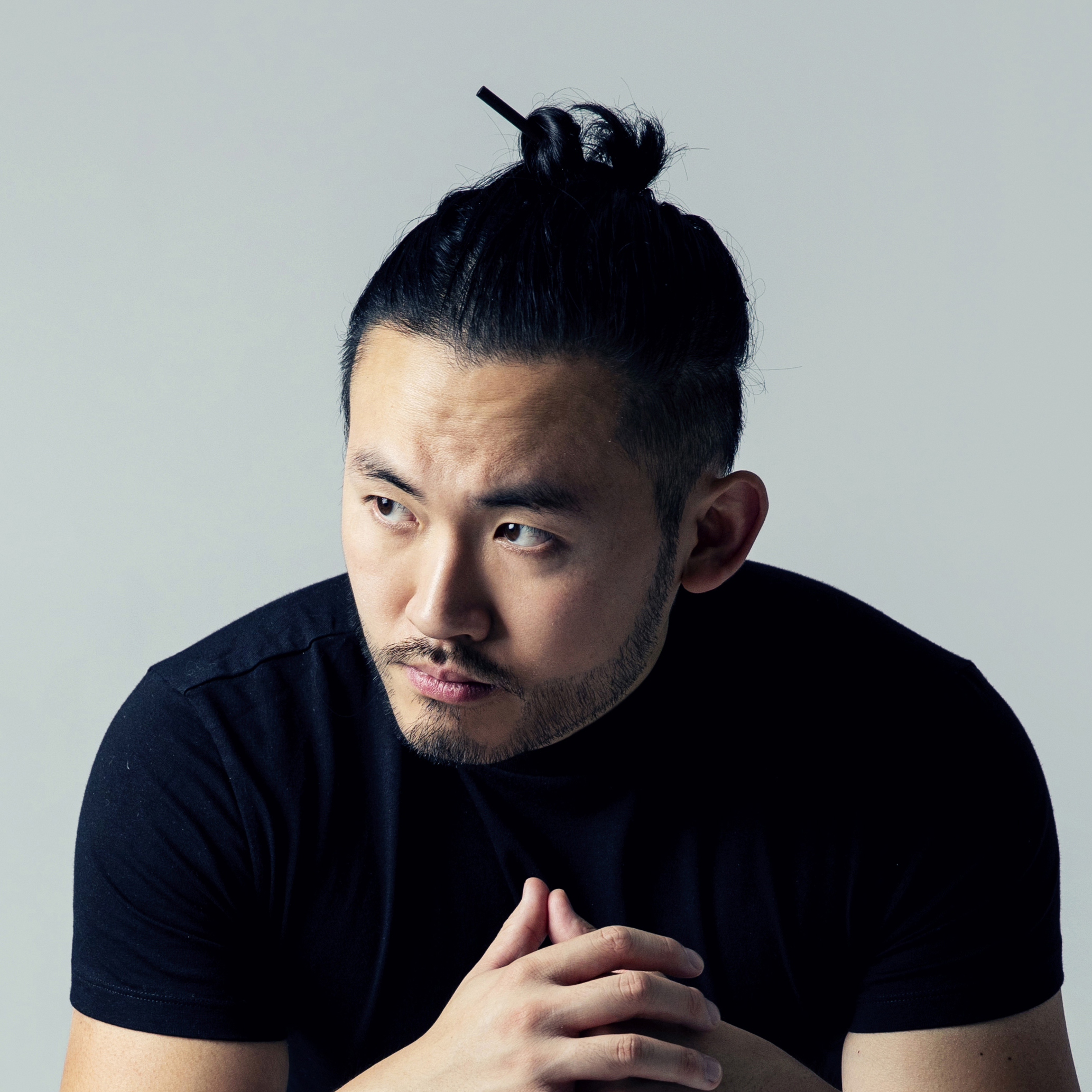
How to use AI in architecture
London-based Fu recently launched the ‘world’s first fully AI-driven architectural project’ – a residential scheme in Slovenia's Lake Bled. Committed to pushing the boundaries of the new AI digital tools in a sustainable and considered way in his daily practice, the architect talked to us, offering practical advice on how to use AI in architecture – including real examples that help guide and suggest ideas surrounding when to use it, and what to watch out for. Scroll down to find out more.
Tim Fu's tips on using AI in architecture
Wallpaper*: What draws you to AI?
Tim Fu: I've always been fascinated by the intersection of art and technology. AI, for me, isn't just a tool — it's a collaborator that opens new creative horizons. It draws me in because it challenges traditional workflows and invites a completely different way of thinking about design, form, and process. There's a kind of poetic tension between human intuition and machine intelligence, and I enjoy navigating that space.
W*: Why should an architecture studio use AI in its daily work? What’s the gain?
Receive our daily digest of inspiration, escapism and design stories from around the world direct to your inbox.
TF: The gain is twofold: speed and vision. AI augments our ability to iterate rapidly and test multiple scenarios without being bottlenecked by manual processes. But more than that, it helps uncover unexpected solutions — formal expressions or spatial relationships we might not arrive at through traditional means. For studios pushing boundaries, AI becomes an amplifier of creativity, not just productivity.
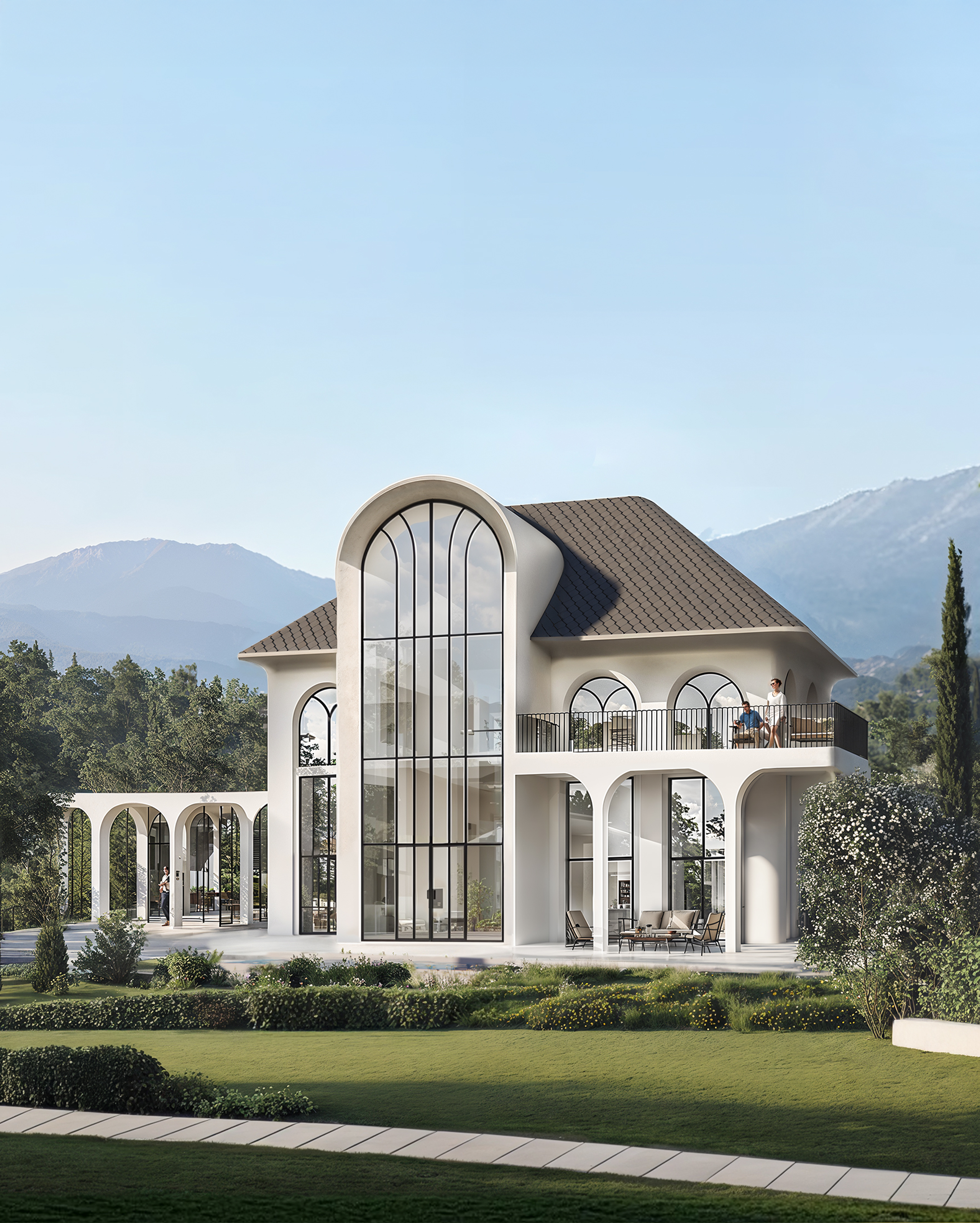
Lake Bled Estates
W*: Is there a real-life scheme that you used AI on? Please could you give an example of how it enhanced your work within it?
TF: Yes, a good example is our Lake Bled Estates project. We integrated AI into the conceptual design phase to explore site-sensitive organic massing. By feeding contextual data — topography, viewsheds, solar paths — into a generative AI model, we produced multiple options that maintained design integrity while optimising for sustainability and visual impact. It gave us a starting point that felt both grounded and unexpected. That’s the kind of creative leverage AI can offer.
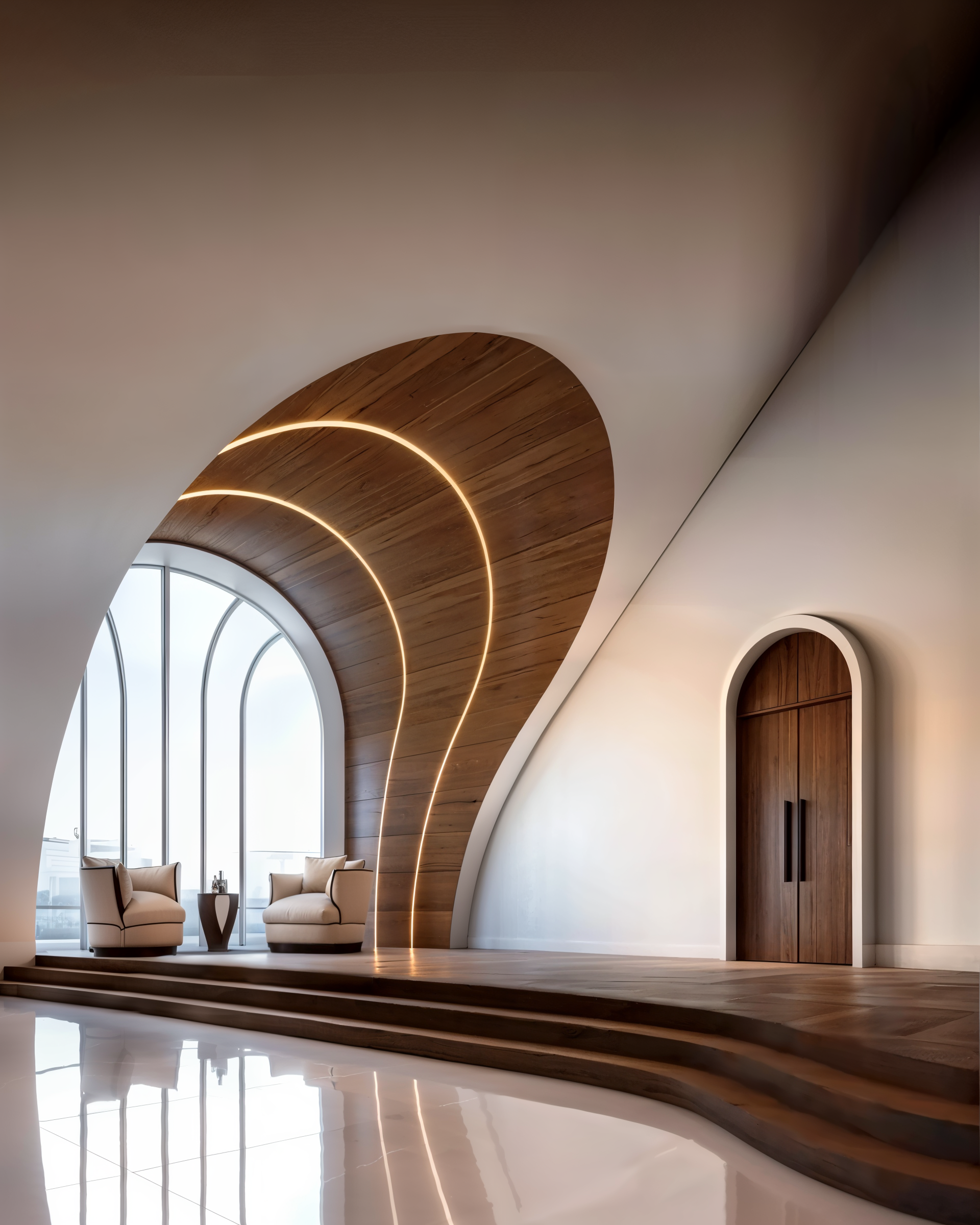
Lake Bled Estates
W*: At what stage of an architecture project does the AI element come in?
TF: We use AI across all stages of a project — it’s not just limited to early ideation anymore. In the conceptual phase, it helps us rapidly explore form, mood, and spatial strategies. But as the project progresses, AI continues to play a key role. During design development and detailing, we use generative tools and LLMs to synthesise precedents, codes, and client briefs into actionable design logic. In later phases, especially in documentation and production, AI assists in organising and navigating large datasets — whether it’s automating schedules, optimising layouts, or even drafting components.

Lake Bled Estates
W*: What software or platforms do you use?
T: We build custom workflows that integrate platforms like Midjourney, Stable Diffusion, and our custom-trained models for visual ideation; Rhino/Grasshopper with plugins for modelling and parametric optimisation; and we’ve been developing UrbanGPT, our own text-to-model engine that uses LLMs for real-time urban planning. So it’s a mix of proprietary, open-source, and bespoke tools depending on the challenge.

Lake Bled Estates
W*: Are there areas in the design process that AI can specifically — or cannot at all — help an architecture studio with, in your view?
TF: AI excels at pattern recognition, image generation, and optimisation — so it’s fantastic for conceptualising form, generating visuals, or analysing large datasets like sun exposure or pedestrian flow. But it's less capable when it comes to nuanced decision-making, like understanding the emotional resonance of a space or navigating the politics of a stakeholder meeting. Those human layers of design — empathy, context, ethics — are still irreplaceable.
W*: What’s the most surprising element you’ve asked AI to do?
TF: We once tasked AI with creating speculative urban layouts based on poetic prompts. One was: 'Design a city where memory flows like water.' The output was surreal, yet somehow spatially coherent — fluid zones, nested loops of public space, architectural 'eddies.' It sparked a full design conversation. I love those moments when AI pushes you into the uncanny and makes you rethink your assumptions.
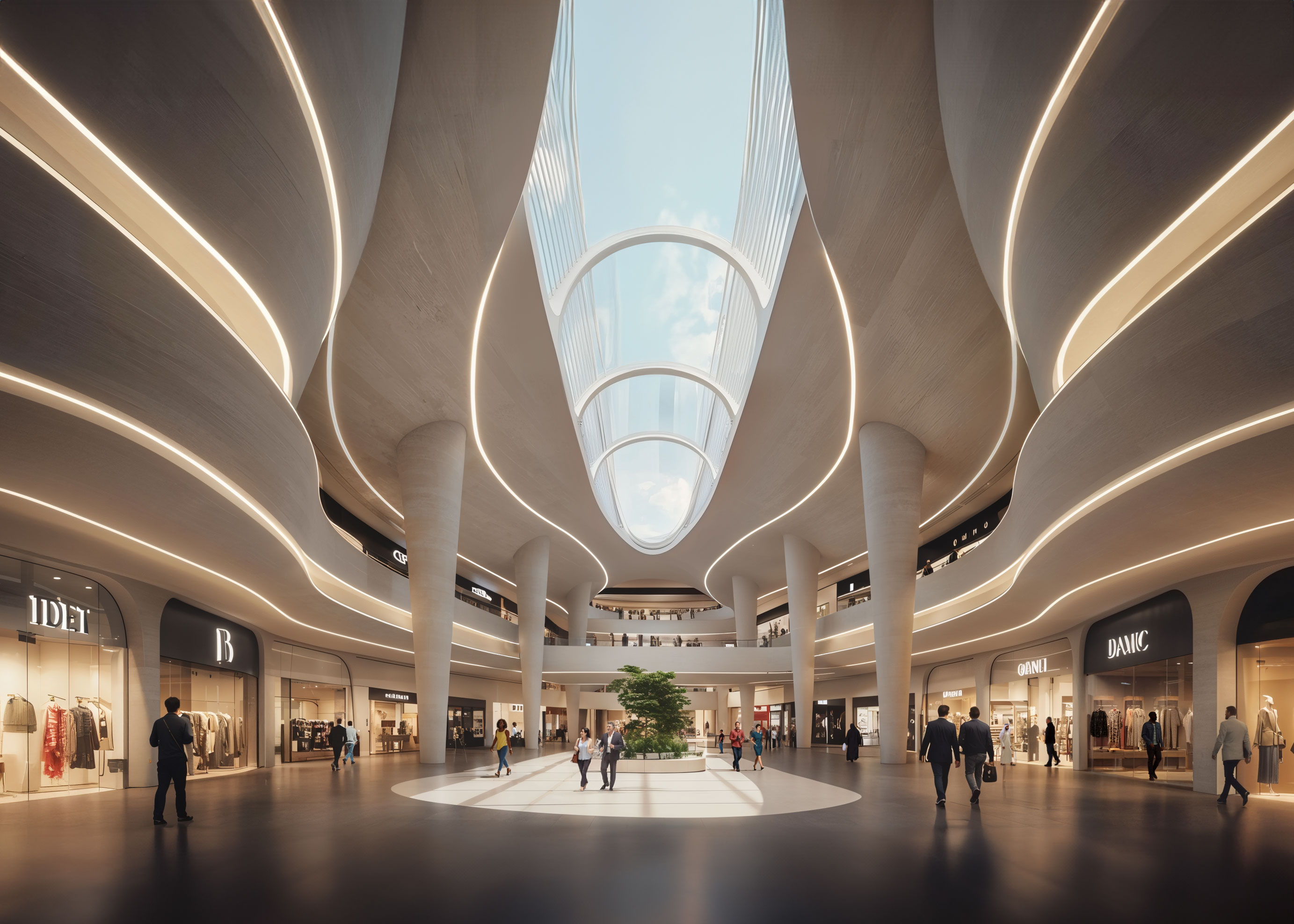
Mall interior visual from Studio Tim Fu's designs
W*: What should an architect using AI be careful about? What are potential pitfalls?
FT: The biggest pitfall is mistaking AI's output for truth or finality. It’s only ever a suggestion — a prompt, not a prescription. There's also the ethical side: AI can replicate biases, plagiarise unintentionally, or overrepresent aesthetics that are popular online but contextually irrelevant. You have to keep a critical eye in the room, always.
W*: How do you mitigate those pitfalls?
TF: By maintaining a human-in-the-loop approach. We treat AI like an assistant with a vivid imagination, not a decision-maker. Every output goes through a rigorous filtering process where we question, reframe, and sometimes completely discard what AI suggests. We also build our own datasets when possible to minimise bias and ensure context alignment.
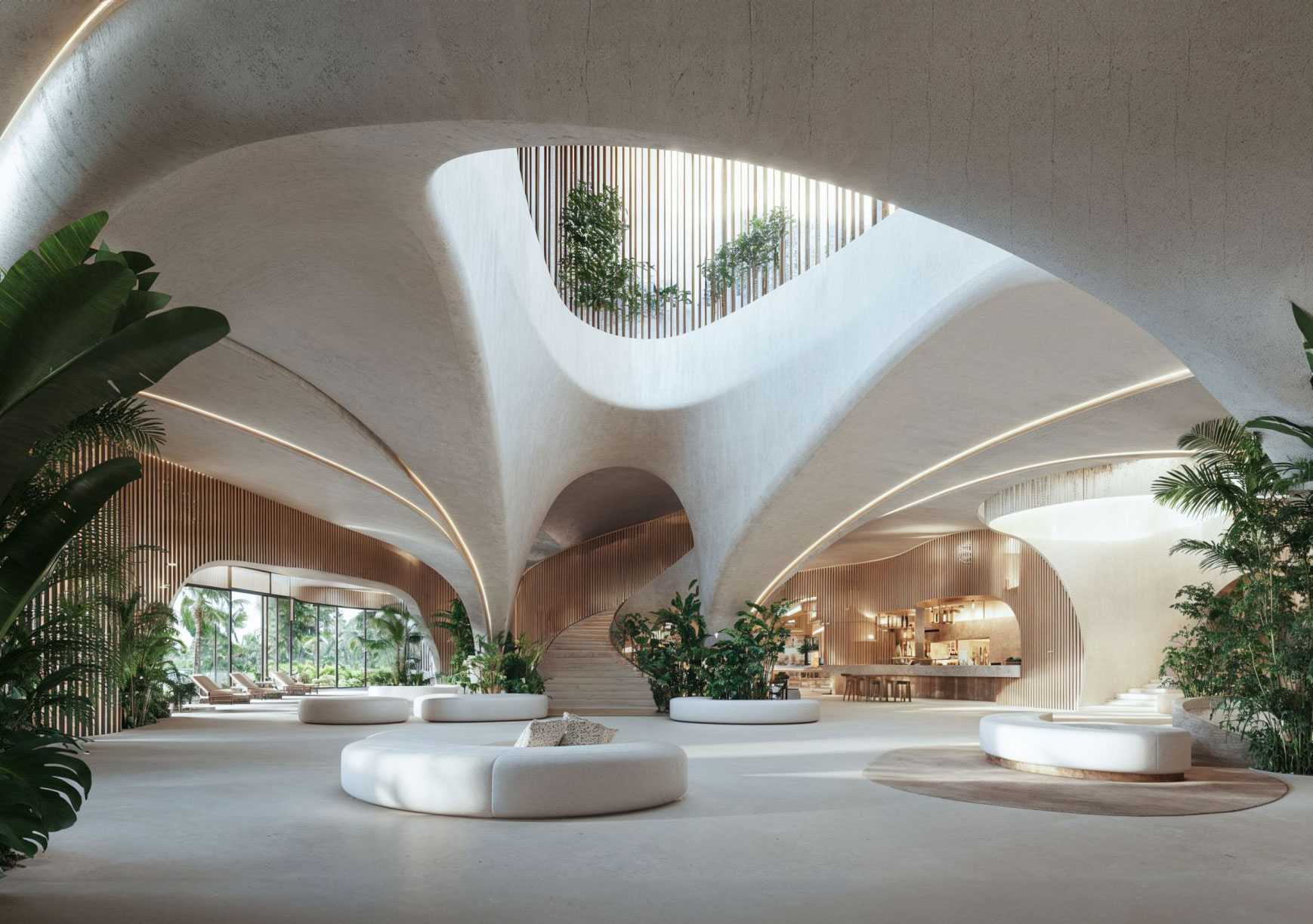
A wellness centre, created with the assistant of AI by Studio Tim Fu
W*: What is the most exciting thing AI can bring into the architecture process?
TF: The most exciting thing is its potential to democratise and de-limit design. AI can help young studios punch above their weight, empower underserved communities to visualise their own futures, and offer architects entirely new typologies that were previously inconceivable. It’s a generative force that — when guided ethically — can lead to a renaissance in how we imagine and build.
W*: How do you see the use of AI developing in the near future within the architecture realm?
TF: I see AI becoming more embedded, more real-time, and more spatially aware. We'll likely see a shift from image-based tools to geometry-native AI that works natively with BIM and CAD environments. There’ll also be more collaborative models — where AI integrates not just into the design, but into stakeholder engagement, sustainability tracking, and even permitting. It’s not going to replace architects — but it will absolutely redefine what being an architect means.
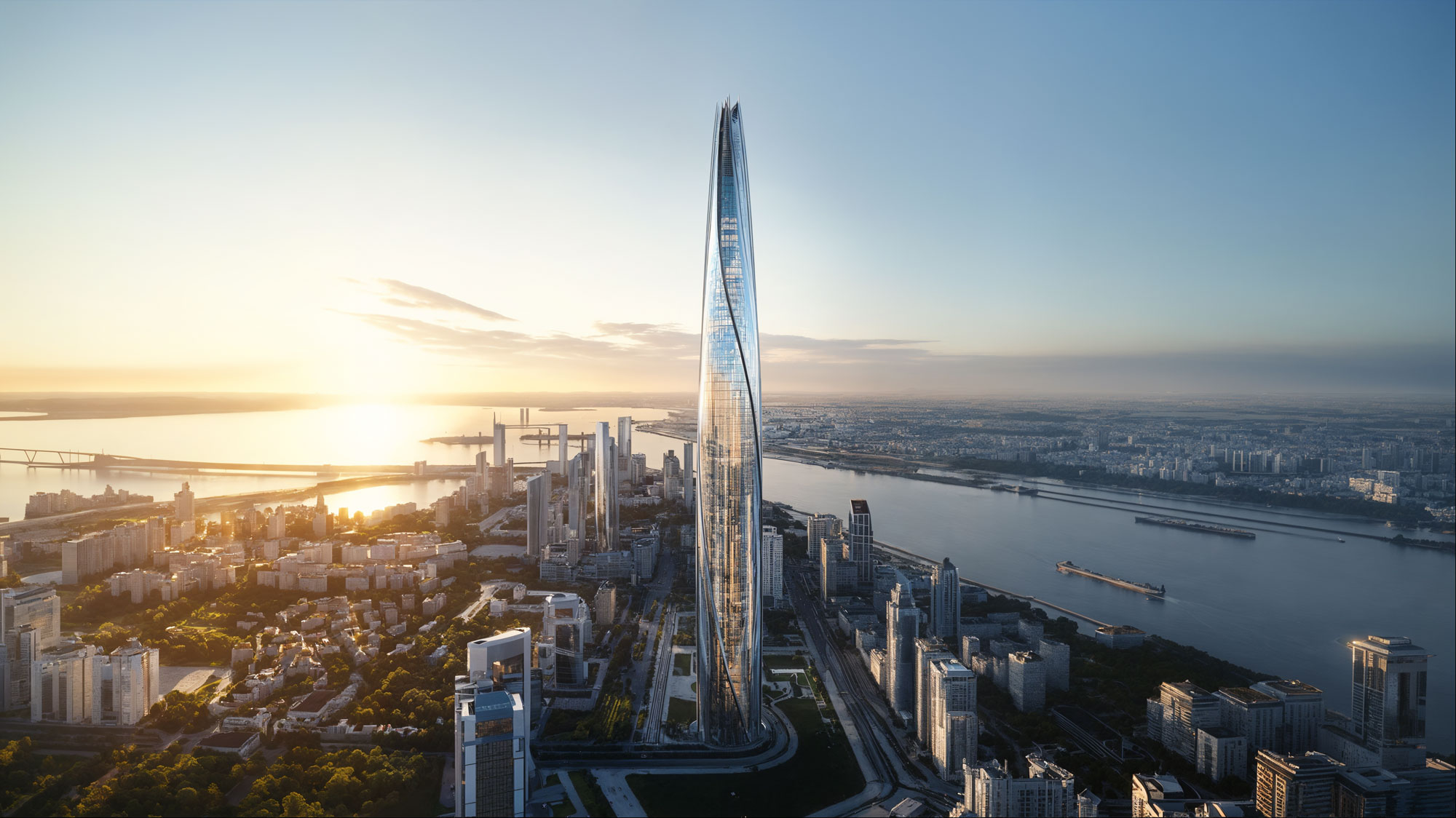
A high rise proposition by Studio Tim Fu
Ellie Stathaki is the Architecture & Environment Director at Wallpaper*. She trained as an architect at the Aristotle University of Thessaloniki in Greece and studied architectural history at the Bartlett in London. Now an established journalist, she has been a member of the Wallpaper* team since 2006, visiting buildings across the globe and interviewing leading architects such as Tadao Ando and Rem Koolhaas. Ellie has also taken part in judging panels, moderated events, curated shows and contributed in books, such as The Contemporary House (Thames & Hudson, 2018), Glenn Sestig Architecture Diary (2020) and House London (2022).
-
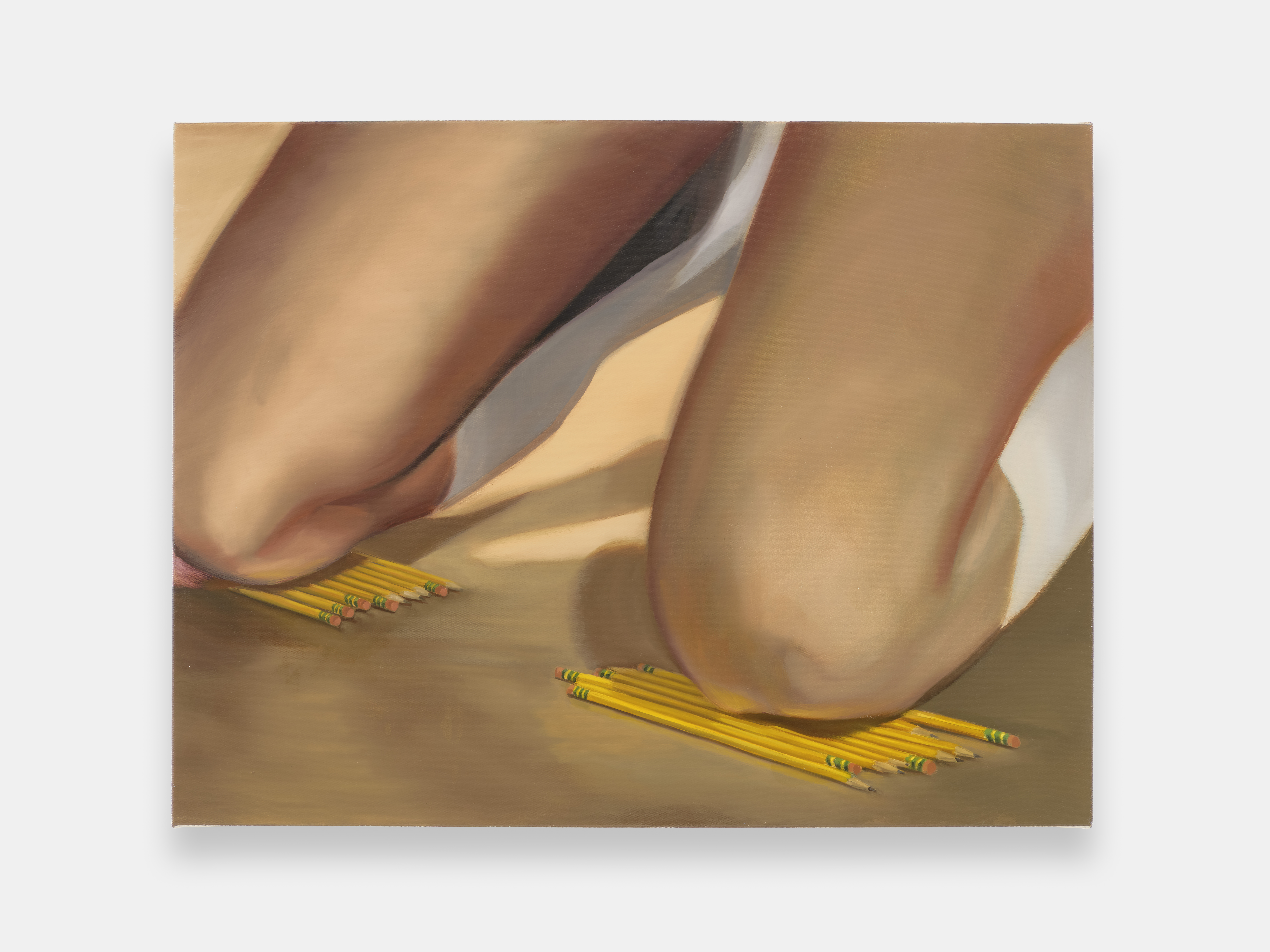 ‘I want to bring anxiety to the surface': Shannon Cartier Lucy on her unsettling works
‘I want to bring anxiety to the surface': Shannon Cartier Lucy on her unsettling worksIn an exhibition at Soft Opening, London, Shannon Cartier Lucy revisits childhood memories
-
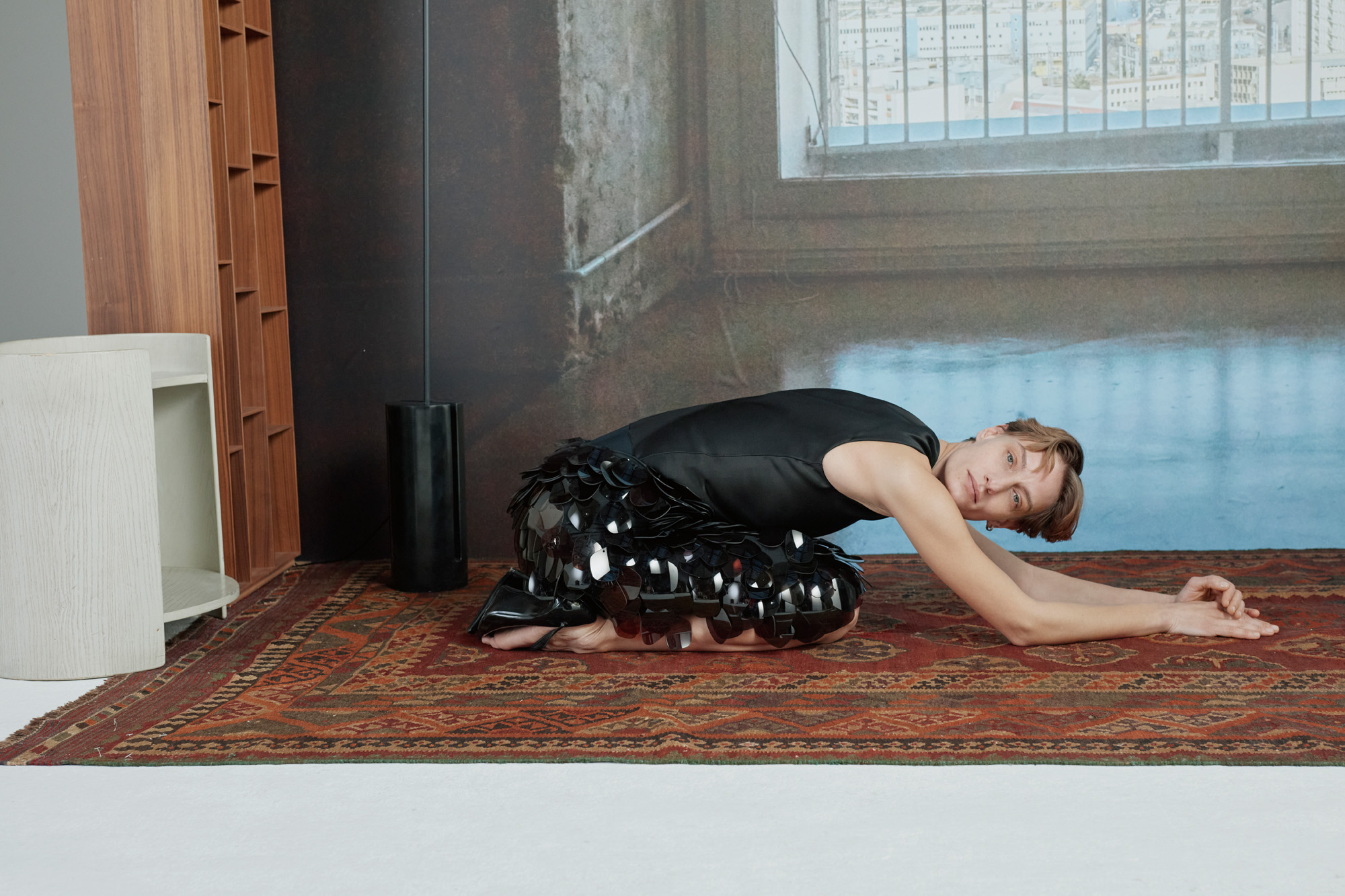 What one writer learnt in 2025 through exploring the ‘intimate, familiar’ wardrobes of ten friends
What one writer learnt in 2025 through exploring the ‘intimate, familiar’ wardrobes of ten friendsInspired by artist Sophie Calle, Colleen Kelsey’s ‘Wearing It Out’ sees the writer ask ten friends to tell the stories behind their most precious garments – from a wedding dress ordered on a whim to a pair of Prada Mary Janes
-
 Year in review: 2025’s top ten cars chosen by transport editor Jonathan Bell
Year in review: 2025’s top ten cars chosen by transport editor Jonathan BellWhat were our chosen conveyances in 2025? These ten cars impressed, either through their look and feel, style, sophistication or all-round practicality
-
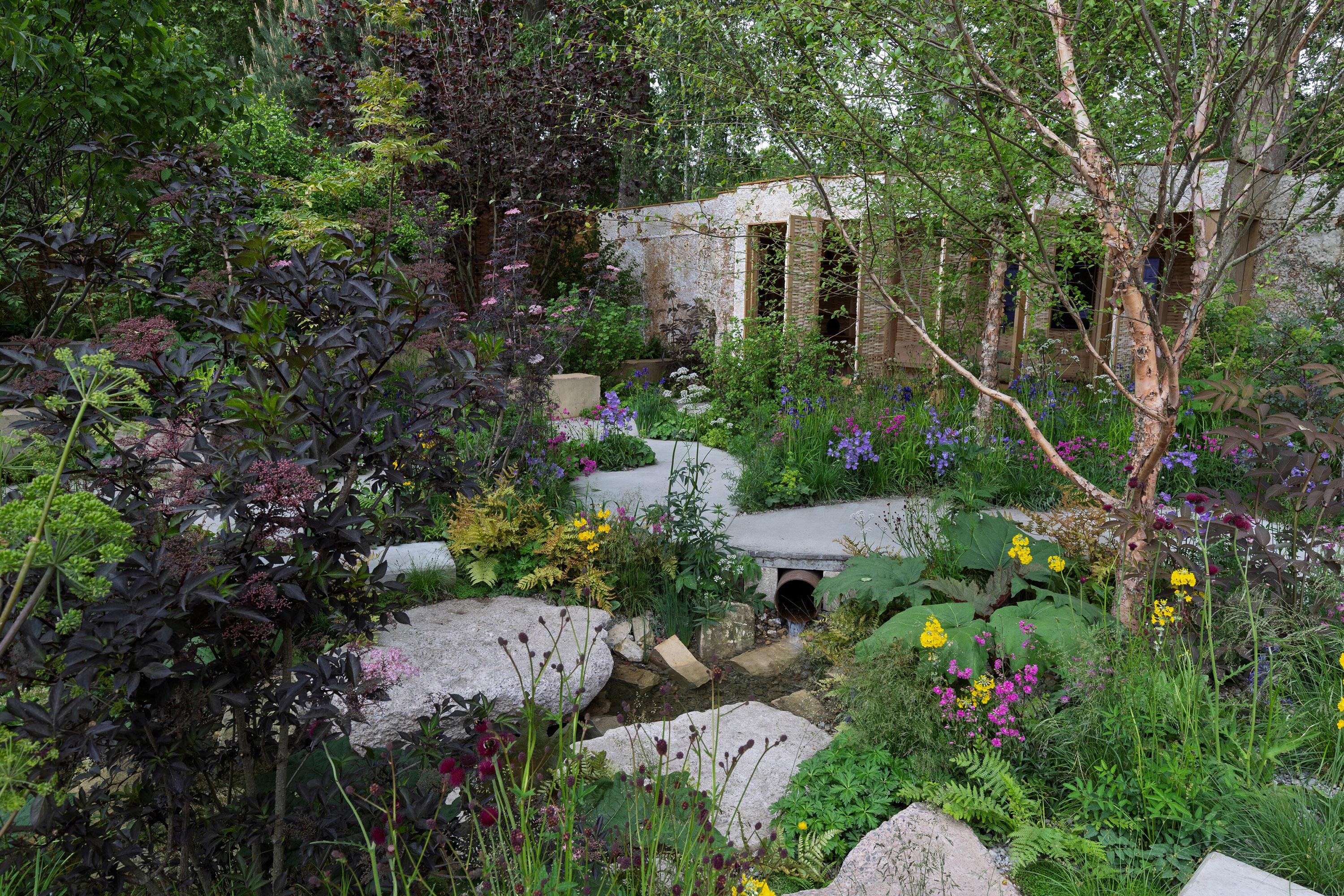 Use of architectural fungi exhibits a greener side to the RHS Chelsea Flower Show
Use of architectural fungi exhibits a greener side to the RHS Chelsea Flower ShowTom Massey and Je Ahn’s ‘Avanade Intelligent’ gold medal-winning show garden leans into the RHS’ aspirations for a more sustainable Chelsea Flower Show
-
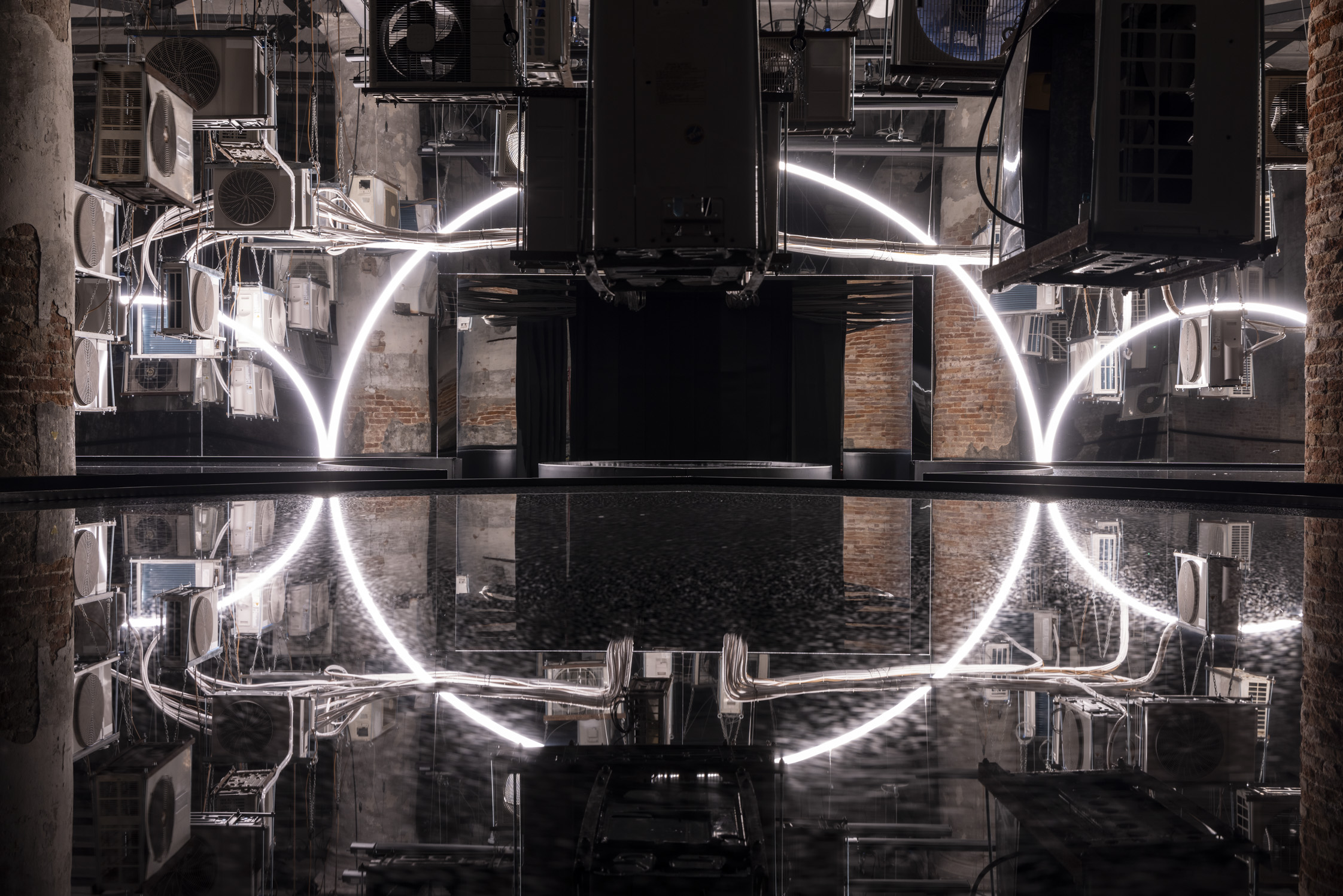 How was Carlo Ratti’s ‘Intelligens’? Wallpaper* editors discuss the 19th Venice Biennale
How was Carlo Ratti’s ‘Intelligens’? Wallpaper* editors discuss the 19th Venice BiennaleHaving visited ‘Intelligens’, the 19th Venice Biennale's main show by curator Carlo Ratti, the Wallpaper* editors discuss what they saw at the world's biggest global architecture festival
-
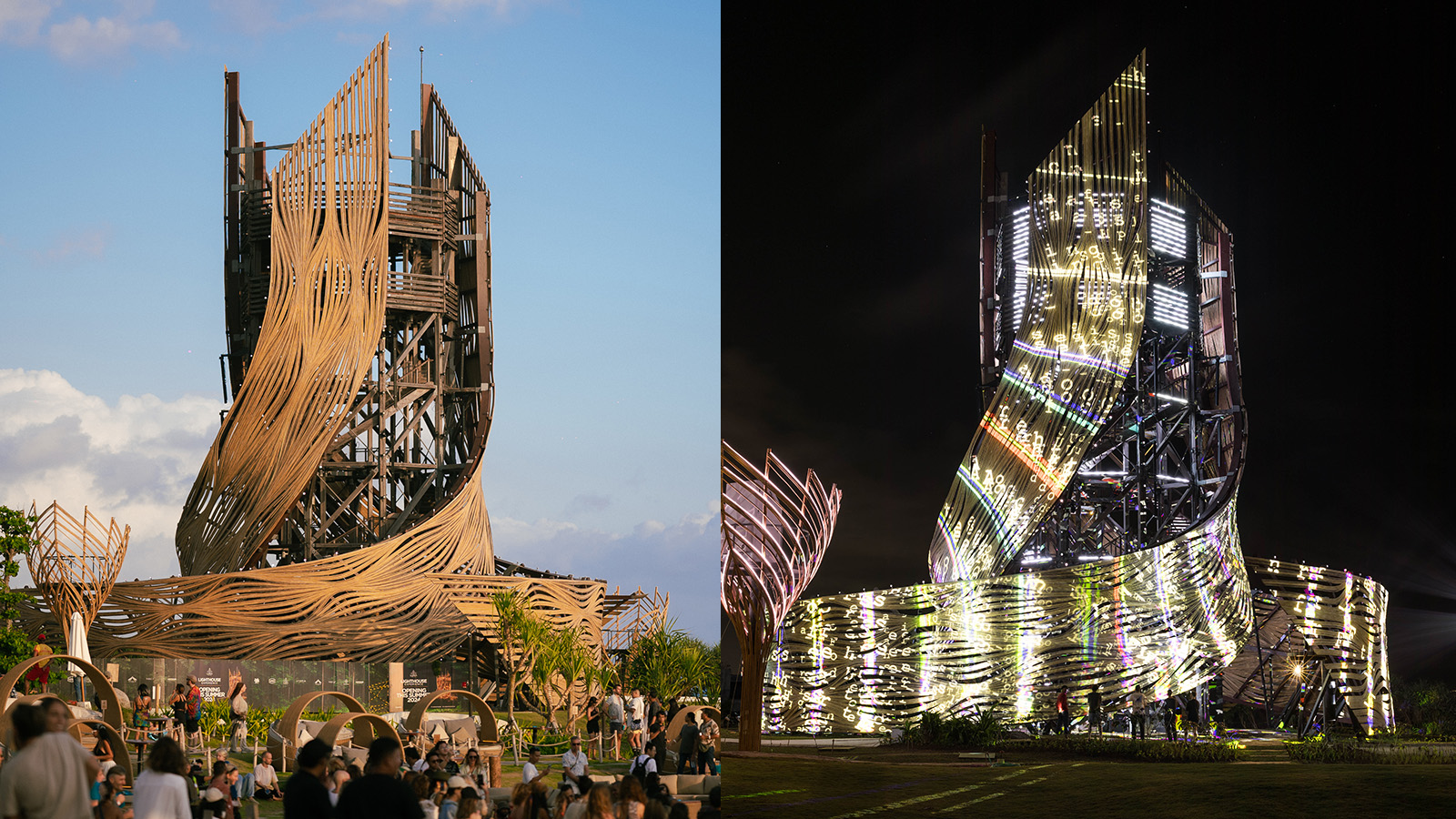 Bali welcomes Tri Hita Karana Tower, a hybrid sound and vision centrepiece
Bali welcomes Tri Hita Karana Tower, a hybrid sound and vision centrepieceTri Hita Karana Tower is launching at Bali's Nuanu City; designed by Arthur Mamou-Mani, it’s a new hybrid art-AI architectural landmark for the island